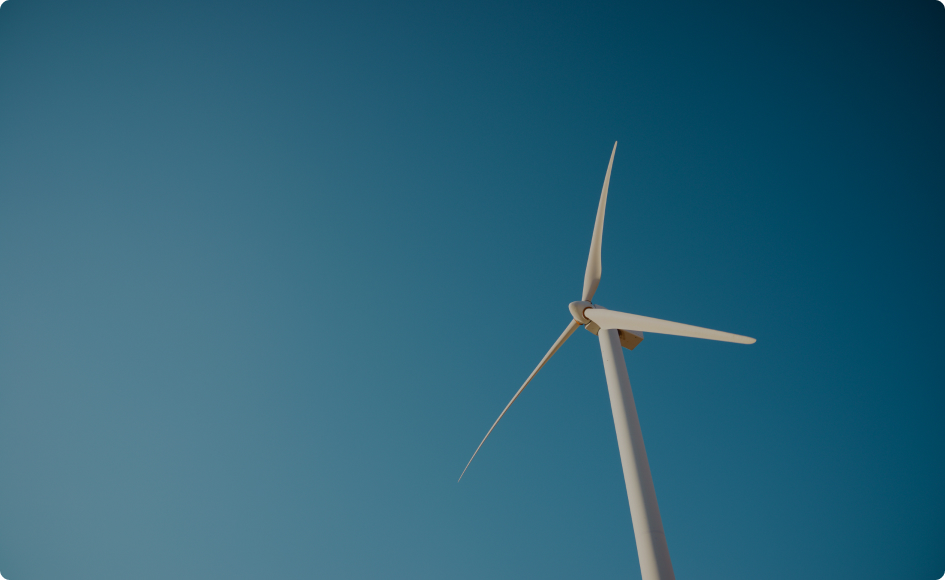
Hydropower
Water is at the origin of CVA’s company history and still represents the main part of its heritage. Despite the impact of climate change, the hydropower sector remains Italy’s main source of clean energy, producing 41% of Italy’s total renewable energy. In addition, hydropower reservoirs are an important “green battery” and an element of protection for the environment and surrounding communities by absorbing excess rainfall.
CVA's hydropower numbers
6
large dams
50 km
of forced ducts
210 km
of canals
61
intakes
32
plants
74
hydropower units
Expansion of the hydroelectric park
- revamping of the Hône 2 and Chavonne plants: the project will double annual renewable energy production (from 50 GWh to 100 GWh).
- process of assessing the efficiency of plants to make them more resilient to changes in the hydrological cycle due to global warming.
Management of large dams
- ecological runoff, which, in addition to ensuring the sound condition of bodies of water, is also responsible for meeting demands for water use.
- collaboration with land improvement consortia that use the resource for irrigation and participation in the RESERVAQUA project.
CVA VS. WATER EMERGENCY 2022
75%
release from its reservoirs to counter the emergency
+30%
more releases than in 2021
FOCUS
Glacier protection
- collaboration with the Valle d’Aosta Glacer Centre with regard to the publication of “SottoZero 2022”, a constantly updated report comparing the data of the last hydrological year with long-term average values.
- convention on Flood Forecasting, Water Resource Assessment and Analysis of the Impact of Climate Change on the Hydrological Cycle.
- evolutionary maintenance and development of the modelling chain for estimating Snow Water Equivalent (SWE) on a regional basis, in order to manage water and predict floods.
Protection of the environment and biodiversity
- use of the Exclusion, Repulsion and Attraction (ERA) methodology to determine the impacts of water withdrawals on the qualitative status of watercourses
- joint study with the Polytechnic University of Turin to define impact levels on the river habitat and launch of a dedicated PhD programme
Waste management
- management of waste materials, derived from excavations, which are used in a circular perspective
- some of the oils used in maintenance are returned to third parties to be regenerated and put back into the production cycle.

Energy from the sun
Photovoltaics are in many respects the energy source of the future and their rise proves it. In Italy, photovoltaics resumed a level of annual growth not seen since 2013, reaching a total installed capacity of 25.5 GW, of which 2.6 GW will be installed in 2022: this is the fastest growth at EU level, with +11.8% generation compared to the previous year. From 2023 to 2026, a minimum of 16.4 GW of new solar power capacity is to be installed in the lowest scenario, up to a maximum of 34 GW in the most ambitious scenario.
CVA'S NUMBERS IN SOLAR
4
plants
54,000
modules
16,000 MWh
annual production


Energy from wind
Wind power is still relatively under-exploited and could become the trump card for achieving national and international targets. In 2022, wind power in Italy covered 6.4% of electricity demand (7.4% when considering domestic electricity production) and accounted for 20.7% of all renewable production. In 2022 wind power capacity in Italy increased by 526 MW, 30.2% more than in 2021. However, the numbers are still far from what the PNIEC forecasts for the end of the decade, when around 19-20 GW of wind power is expected to be operational, with an annual production of around 40 TWh.
CVA'S NUMBERS IN WIND POWER
8
wind farms
292k MWh
of production
69
wind turbines